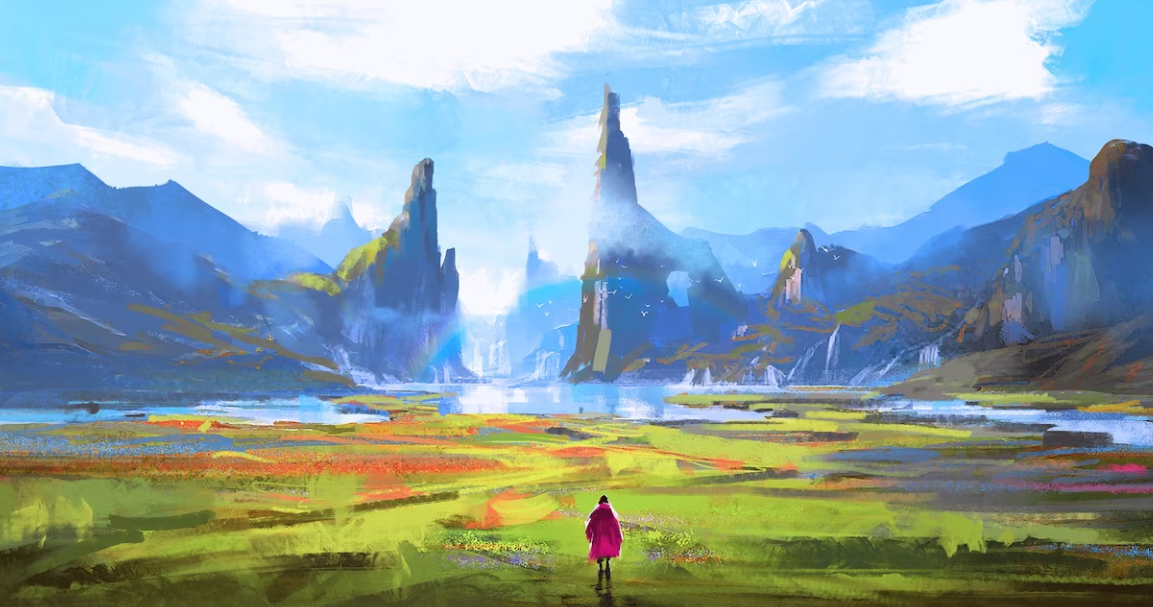How digital art is eco-friendly
Considering the sustainable aspects of digital art and how it impacts our current climate.
Digital art is becoming more prominent than ever. With devices such as iPads and Wacom tablets, drawing digitally is efficient and enjoyable. Most importantly, creating digital art is sustainable. But how?
Eco-friendly and technologically advanced, digital art doesn’t require the use of canvases, paintbrushes, painting supplies, and other disposable materials. All you need is a drawing tablet, a stylus, and a graphic design software—one of the most popular programs is “Procreate.”
Digital art comes with many perks. You can easily move and resize sketches and drawings, experiment with different digital pens and brushes, and change colours in whatever way you like. If you draw using the “layers” function, your options are even more extensive. Learning digital art is also a basis to learning new disciplines—like animation, Virtual Reality drawing, and graphic design.
Many artists are beginning to advocate for the use of digital art platforms. Zach McCraw, a digital artist who has created more than 4,000 digital artworks, states, “My love of nature and its preservation inspires me to champion digital art as the most eco-friendly art form, especially for painting. The amount of waste that goes into traditional paint products is done away with in my digital process, especially at the rate I paint.” McCraw is passionate about using art to promote eco-preservation initiatives and wants others to realize the eco-friendly nature of digital art.
Of course, digital art still contributes to the ecological footprints we leave behind. All virtual activities result in the “carbon impact of the digital world.” While using digital devices is eco-conscious, the production of the electronics still emits greenhouse gases. The digital community (including artists, collectors, galleries, and auctioneers) is continually working to find greener solutions.
Many creatives are starting to voice their concerns relating to the production of art and its impact on the environment. Guillaume Cerutti, the CEO of Christie’s, an auction house states, “At Christie’s we understand that the experience of art is positive and meaningful, a source of personal joy and enrichment as well as a privilege. This experience, however, should not come at the expense of the environment.” The company, heavily involved in the art world, pledges to be net zero by 2030.
Alice Audouin, founder of a sustainable art non-profit known as Art of Change 21, says, “The first thing to do if we want a more ecological art sector is to work with the best engineers and bring them together to create data and tools that are accessible to all.” For art to create our green future, it must be accessible.
As a university student with a limited budget, creating artwork digitally has been a great means of self-expression and creativity. I find that digital art helps me save on resources and storage space. While traditional art continues to hold value and is beloved in the artistic community, digital art deserves not to be left behind.

